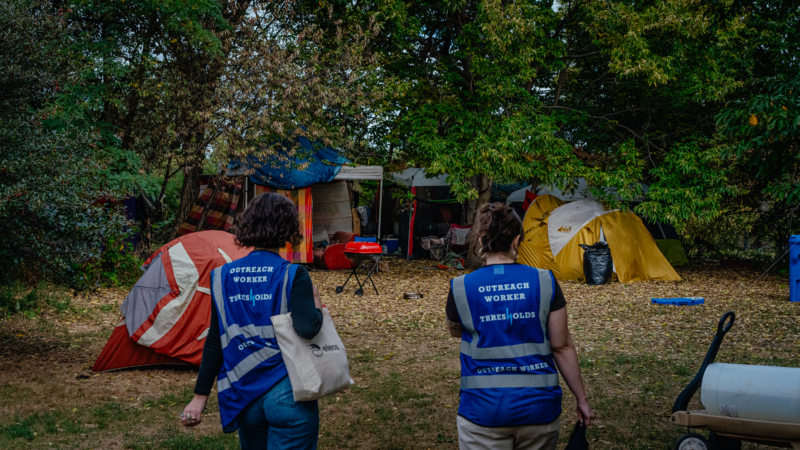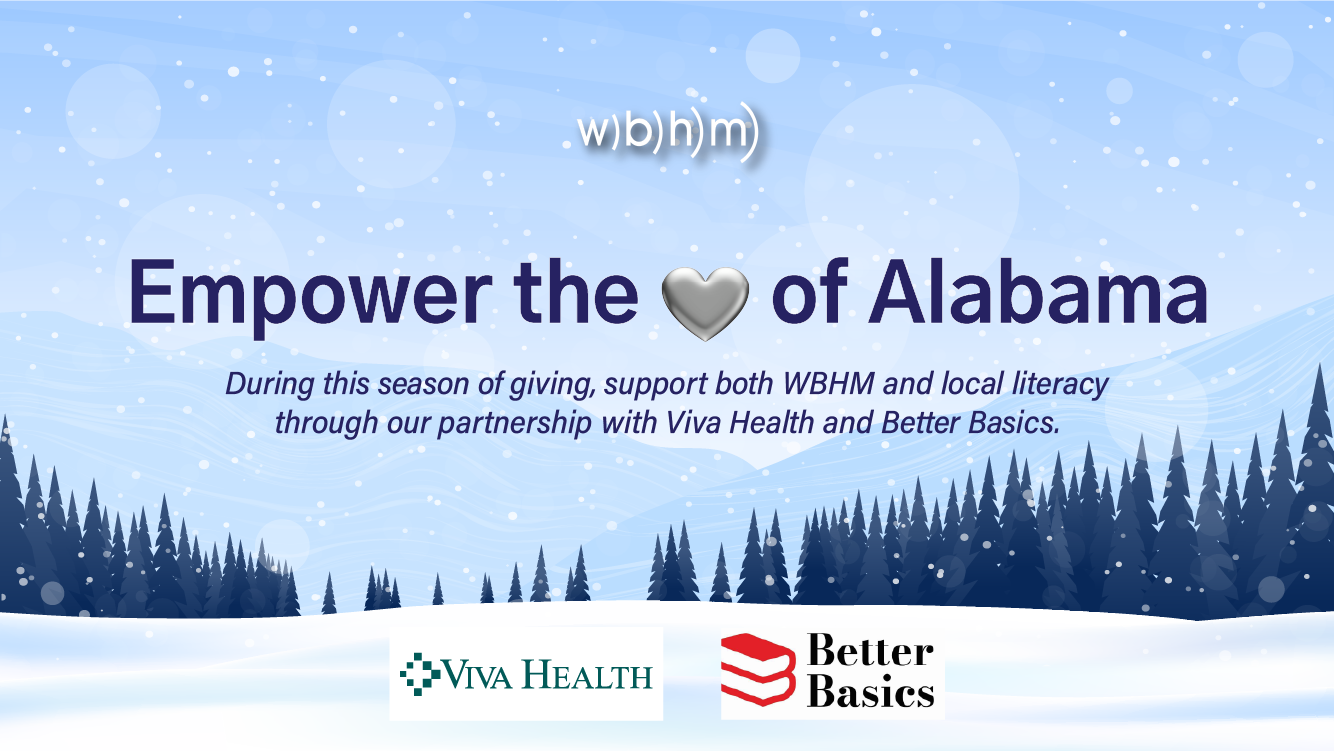Atmospheric rivers aren’t new. Why does it feel like we’re hearing about them more?
California is in the midst of a strong atmospheric river that’s caused flooding, evacuations, road closures, and mention of it is all over the news and social media. And this comes on the heel of twoprevious winters where the Golden State saw damaging storms of the same kind. If you have the feeling that in the past few years, you’ve started hearing the term a lot more, you are not alone. You’re not even wrong.
In recent years, “atmospheric river” has become used much more frequently in scientific papers and in media coverage. According to experts who study climate and weather, a couple reasons may explain why. Technical weather terms in general are now more used in the news. Atmospheric rivers are a thriving area of research, more of which may be filtering into media coverage. And these storms are also expected to intensify and become more damaging as the climate warms – which means there’s more attention on them.
What is an atmospheric river anyway?
Before we get into why we’re hearing about them more, let’s go over the basics of what an atmospheric river is.
These storms have always existed. They occur around the world, often on the west coasts of the mid-latitudes, where an ocean meets a landmass. They’re long filaments of concentrated water vapor in the lower atmosphere occurring along with strong winds – and they’re the primary way water is moved horizontally. In California, a normal winter might see five of these kinds of storms and as many as 20 could occur during wet winters. A typical one can be 300 miles wide, a mile deep and 1,000 miles long. When plotted on a map or looked down upon from a satellite in space they looked just like rivers.
For a long time, they were colloquially and scientifically referred to as things like the Pineapple Express or Rum Runner Express. Those turned out to be just a subset of atmospheric rivers however, ones that originated near Hawaii or in the Caribbean heading toward Europe. Not all ARs are particularly warm or begin in those locations.
“So the ‘atmospheric river’ term is the broader envelope,” says Daniel Swain, climate scientist at the University of California.
The term was coined in a 1994 paper by two researchers at the Massachusetts Institute of Technology.
“And it turns out that they are very comparable to terrestrial rivers in terms of how much water is moving in them,” Swain said. “In fact, sometimes they’re significantly greater even than some of the flow of the largest terrestrial rivers on earth,” including the Mississippi or Amazon River.
How we talk about the weather has changed
Swain believes that one reason people are suddenly hearing about atmospheric rivers more is because those who communicate about weather to the public have made a shift to using terms that the scientific community uses.
“I think a lot of it probably has to do with the media landscape and the popularization of certain technical weather terms,” he said, pointing to “bomb cyclone” and “bombogenesis” as other examples. These are formal, quantitatively defined meteorological terms, “and everyone assumes that’s just some invention of the social media hype era.”
In fact, he says, these seem to date back to the 1940s during World War II when meteorologists were advising Allied forces in the North Atlantic Theater.
Atmospheric river, he says, is similar.
“Instead of just making something up out of the ether,” Swain says, “there’s been an interest in what are actually meaningful, technically correct scientific terms to describe various weather phenomena, which I’m not so sure is a bad thing.”
Scientists have done a lot to understand atmospheric rivers better
In recent years, ARs have been a blooming area of research, some of which is filteringinto mediacoverage.
Marty Ralph, director of the Center for Western Weather and Water Extremes at Scripps Institution of Oceanography, has been a pioneer in the field and is frequently cited in the press.
Researchers like Ralph have helped discover how important atmospheric rivers are, both for California but also for storms around the country and world. Back in 2004, the topic had fallen out of favor, says Ralph. But with new data collected by aircraft and satellites he showed researchers how to see the storms in a new way, allowing scientists to observe them from the inside and out.
“I sort of resurrected the topic after an early pullback,” Ralph said.
This now-vibrant area of research has made some recent discoveries, says Ralph, including how to better predict their effects, how they impact both snowfall and snowmelt in the polar regions and links between AR intensity and climate change.
“Because a warmer atmosphere holds more water vapor and water vapor is the fuel in atmospheric rivers, ARs can carry more water vapor,” Ralph says. “And there are studies now that show we can expect to see somewhat more extreme ARs and more common, in some cases, just because of that.”
The weather news in California has flipped from being about drought to being about storms
What may increase the impression that atmospheric rivers are a new thing is that for a good part of the past decade, California was in serious drought and wasn’t getting them. Then in early 2023, multiple AR storms followed one after another, resulting in flooding around California and 22 deaths.
“In both cases, it’s a story about atmospheric rivers, in one case a deficit of atmospheric rivers, not enough of them, and the other case overabundance – too many atmospheric rivers all at once,” said Swain. “California water lives and dies by this.”
Atmospheric rivers are at fault in more than 80 percent of flooding across the West. On average these storms cause $1 billion in damage each year.
A look at Google Trends, reveals an early blip of interest in atmospheric rivers in early 2011, hardly anything during the drought years of 2012-2016, then more blips in 2017, 2019 and 2021 coinciding with West Coast storms and flooding. And finally large spikes in interest in 2023 and 2024. So far this fall has only brought one AR to California, but it is a record-breaking one.
A major development for the future of atmospheric river research, says Ralph, is the possibility of improving our forecasting up to two weeks before a storm.
Legislation introduced on Wednesday by Senators Alex Padilla (D-Calif.) and Lisa Murkowski (R-Alaska) seeks to secure funding to increase airborne reconnaissance – using planes to fly through the storms – to learn more about atmospheric rivers.
“The more we sample these storms, the more accurate the forecasts become,” said Ralph.
Felt around the country
Lest you think these storms are purely a West Coast phenomenon, researchers are increasingly appreciating ARs role in fueling and directing nor’easters, strong storms that impact the East Coast.
“It’s quite possible that AR recon in the Gulf of Mexico and off the East Coast will actually be able to improve the forecast scale of the track and intensity of nor’easters,” Ralph said, “which people in the East know full well, is a very important detail in order to determine if the big cities are impacted.”
NPR audiences first heard about atmospheric rivers in 2013, when Jon Hamilton offered “Tips for Surviving a Mega Disaster.”
The 2024 moments that will stick with us: Reflections from the Gulf States Newsroom
Our regional reporters reflect on delightful, discarded moments they had in the field as they covered stories across Alabama, Mississippi and Louisiana.
Israeli strike kills 5 Palestinian journalists in Gaza, officials say
An Israeli strike killed five Palestinian journalists outside a hospital in the Gaza Strip overnight, according to the Health Ministry. The Israeli military said it had targeted a group of militants.
Popeye, Tintin and more will enter the public domain in the new year
The copyrights of thousands of 20th-century films, books, compositions and sound recordings expire on Jan. 1, making them free for anyone to share and adapt. Here are some of the highlights.
Giving up alcohol for Dry January? Our newsletter can help you reach your goal
If your New Year's resolution is to drink less alcohol, Life Kit is here to help. Sign up for our Dry January newsletter series, and get tips and strategies to help you stay alcohol-free for a month.
100-plus cities in the U.S. banned homeless camping this year. But will it work?
The burst of new laws follows a landmark Supreme Court ruling, and reflects public frustration with record-high homelessness. But advocates say fines and jail time will only make the problem worse.
Remembering the actors, musicians, writers and artists we lost in 2024
Every year, we remember some of the writers, actors, musicians, filmmakers and performers who died over the past year, and whose lifetime of creative work helped shape our world.





